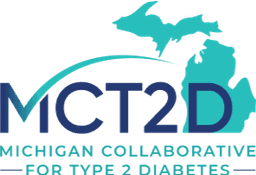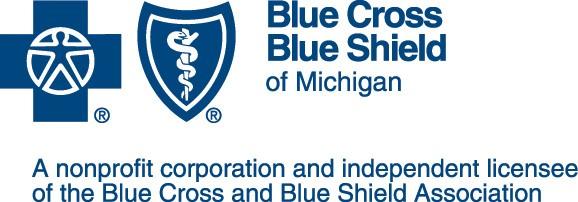ABOUT
SPECIALTY CARE
Background
Type 2 Diabetes is one of the most prevalent, costly, and disabling diseases in the United States. Currently in Michigan, approximately 10% of adults or about 778,000 Michigan resident report having a diagnosis of diabetes. CDC data suggests that about 20% of those who have Type 2 Diabetes don’t know it. Adding these undiagnosed cases to the total brings the burden of Type 2 Diabetes in adults in Michigan to closer to 1,000,000. Assuming Michigan has similar rates of pre-diabetes as the rest of the country, an additional 2.5 million Michigan adults have pre-diabetes and are at high risk of developing Type 2 Diabetes in the next 3 years.
There have been dramatic advances in our understanding of Type 2 Diabetes over the past 20 year. Many new and effective strategies for prevention and treatment have been developed. For example in 2002, the Diabetes Prevention Program study showed that about 58% of all Type 2 Diabetes incident cases can be prevented with an intensive diet and exercise program.
Additionally, new data suggests that carbohydrates, particularly high glycemic index carbohydrates, may be driving the progression of Type 2 Diabetes and lower carbohydrate diets may be more effective than low fat diets in patients with Type 2 Diabetes who are trying to lose weight.
New classes of antihyperglycemic medications, specifically GLP-1 agonists and SGLT-2 inhibitors, have been shown to not only improve glucose control but also to decrease mortality, decrease adverse cardiovascular events, slow the progression of chronic kidney disease and to support weight loss.
ADVANCES
Diabetes has also benefited from advances in information technology. For example, continuous glucose monitoring (CGM) devices are now available that are low cost and user friendly. These CGM devices provide valuable data for improving glucose control and for driving diet and exercise behavior change.
CGMs, because they provide a visual representation of the impact of dietary choices on glucose levels, can reinforce diabetes education and behavior change. In a study at the University of Michigan, combining CGM with lower carbohydrate diet coaching decreased A1c by 1.1% without increasing medication costs (manuscript in preparation). Newer CGM devices are now less expensive than frequent daily finger stick glucose testing and patients are more compliant with testing because it does not require a needle stick.
DISPARITIES
There are few diseases that demonstrate more disparities with respect to race and poverty than Type 2 Diabetes. Among Michigan adults, African Americans are 45% more likely and Hispanics 49% more likely to be diagnosed with Type 2 Diabetes than age adjusted white peers.1 Much of this disparity can be traced to social determinants of health (SDOH) including access to high quality nutritious foods, access to safe places to exercise, and education about the complex interaction diet, exercise and glucose control and increasingly to the high cost of diabetes medications such as long acting insulin. Some of these disparities have been traced to variation in quality of diabetes care.13
DISSEMINATION
As with most new ideas, dissemination and implementation of these strategies has been challenging. If we can successfully decrease incident disease or slow the progression of the disease, we may reduce total direct medical care costs even with the additional costs of the new interventions described above. Switching from expensive long acting insulins to less expensive and more effective treatments may also generate cost savings.


